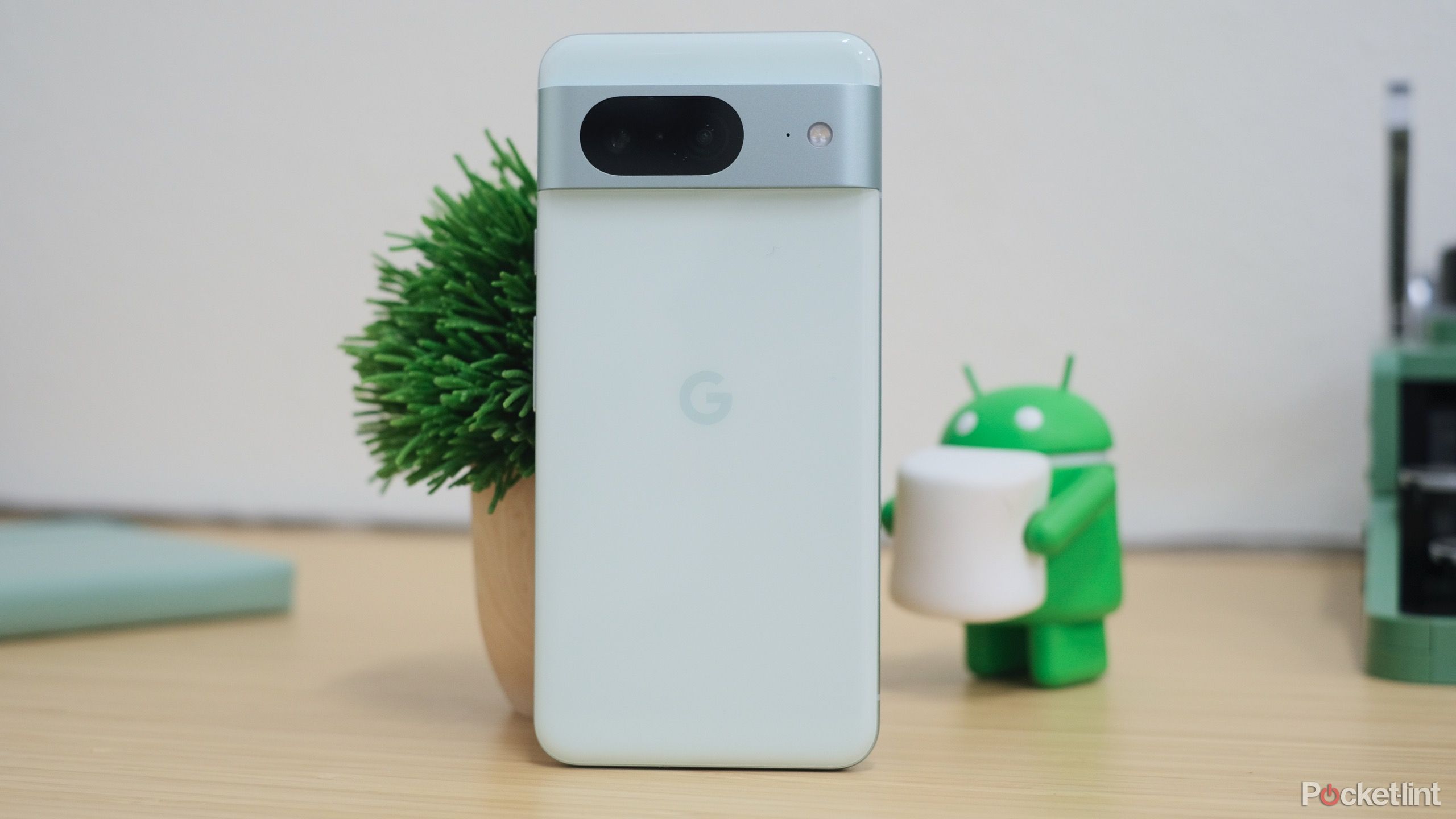-
Google Pixel 8
Best performance
$500 $700 Save $200
The Google Pixel 8 introduces the Tensor G3 processor, a brighter and faster display, tweaks to the camera system and more. It’s not a massive departure from its predecessor, but it’s refined, and it’s the one to pick if you want to be on the cutting edge.
-
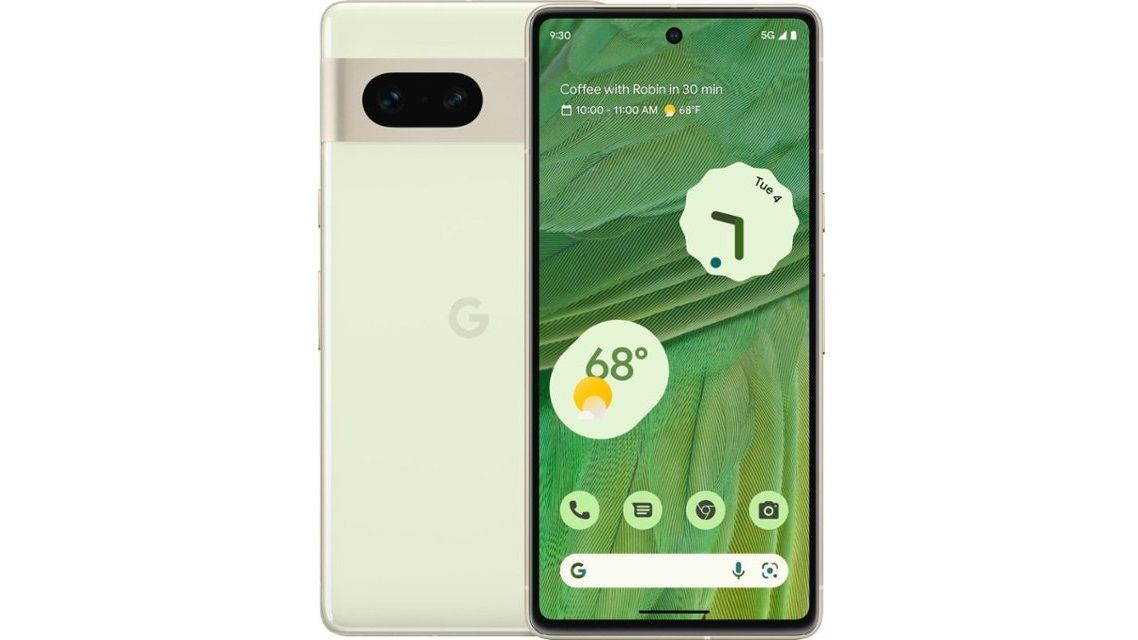
Google Pixel 7
A good alternative
The Google Pixel 7 might be a little older, but it’s still very relevant. It already offers amazing value for money, and it’s only set to get more appealing as the price drops further. Performance is great, the design is stylish and the photography is top-notch.
Since the Google Pixel 8 launched in late 2023, the Pixel 7 has gotten harder to find new. In fact, a new Pixel 7 might cost more than its successor since you can find some good deals on Pixel 8 phones.
That said, the Pixel 7 is still supported by Google, and you can find it used or refurbished for a reasonable price. The newer Pixel 8 sports a new processor, upgraded cameras, and a tweaked design — but is that enough to be worth the upgrade from the Pixel 7?
Whether you’re buying a Pixel for the first time or weighing up the cost of an upgrade, we’ve got you covered. Here’s everything that’s changed with Google’s latest handset.
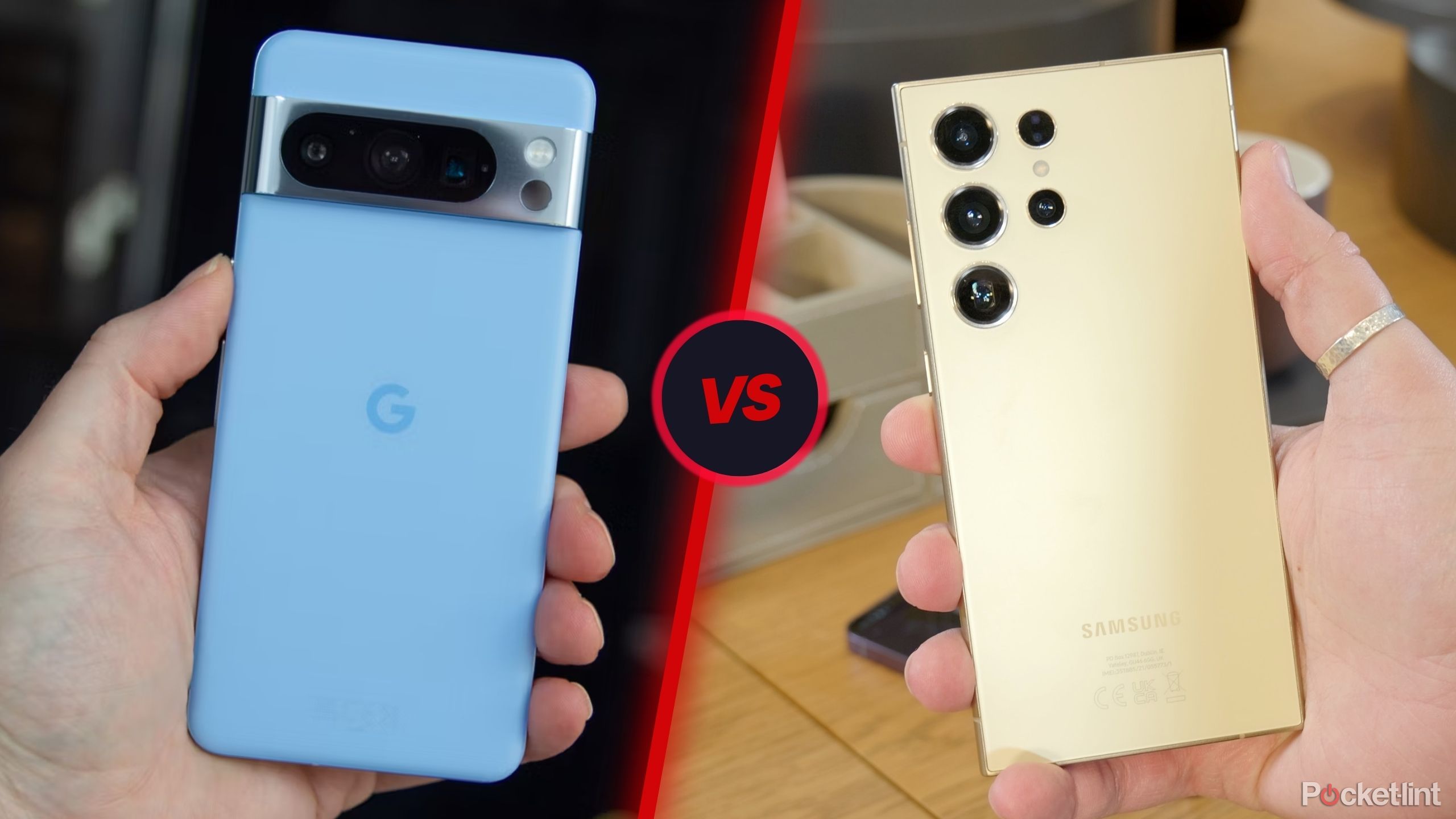
Samsung Galaxy S24 Ultra vs Google Pixel 8 Pro: Which one is the king of Android?
Samsung and Google have created some of the most capable Android phones, boasting impressive AI features and sleek casing. Which is worth your money?
Price, specs, and availability
The newer Pixel 8 is the better deal, believe it or not
The Pixel 7 launched in October 2022 for $599. After an initial dip in price after the Pixel 8 was announced, the cost of the Pixel has bounced back up to its initial price tag.
The Pixel 8 launched on October 4, 2023, for $699. The price has already dropped, making the Pixel 8 less expensive than the Pixel 7 in some cases.
-
Google Pixel 8 Google Pixel 7 Brand Google Google SoC Google Tensor G3 Google Tensor G2 Display 6.3-inch, Actua OLED, 2400 x 1080, 428ppi, 60-120Hz, up to 2000nits 6.3-inch, Full HD+, 90Hz, up to 1400nits Battery 4575mAh, 30W fast charging, 12-18W wireless 4,355mAh Operating System Android 14 Android 13 Dimensions 150.5 x 70.8 x 8.9mm 155.6 x 73.2 x 8.7mm Colors Obsidian / Hazel / Rose Snow / Obsidian / Lemongrass IP Rating IP68 IP68 Front camera 10.5MP 10.8MP f/2.2 Rear camera 50MP wide + 12MP ultrawide 50MP f/1.9 main + 12MP f/2.2 ultra wide Weight 187g 197g Charge speed 30W wired / 12W-18W wireless 30W wired / 20W wireless RAM 8GB 8GB Storage 128GB / 256GB 128GB / 256GB
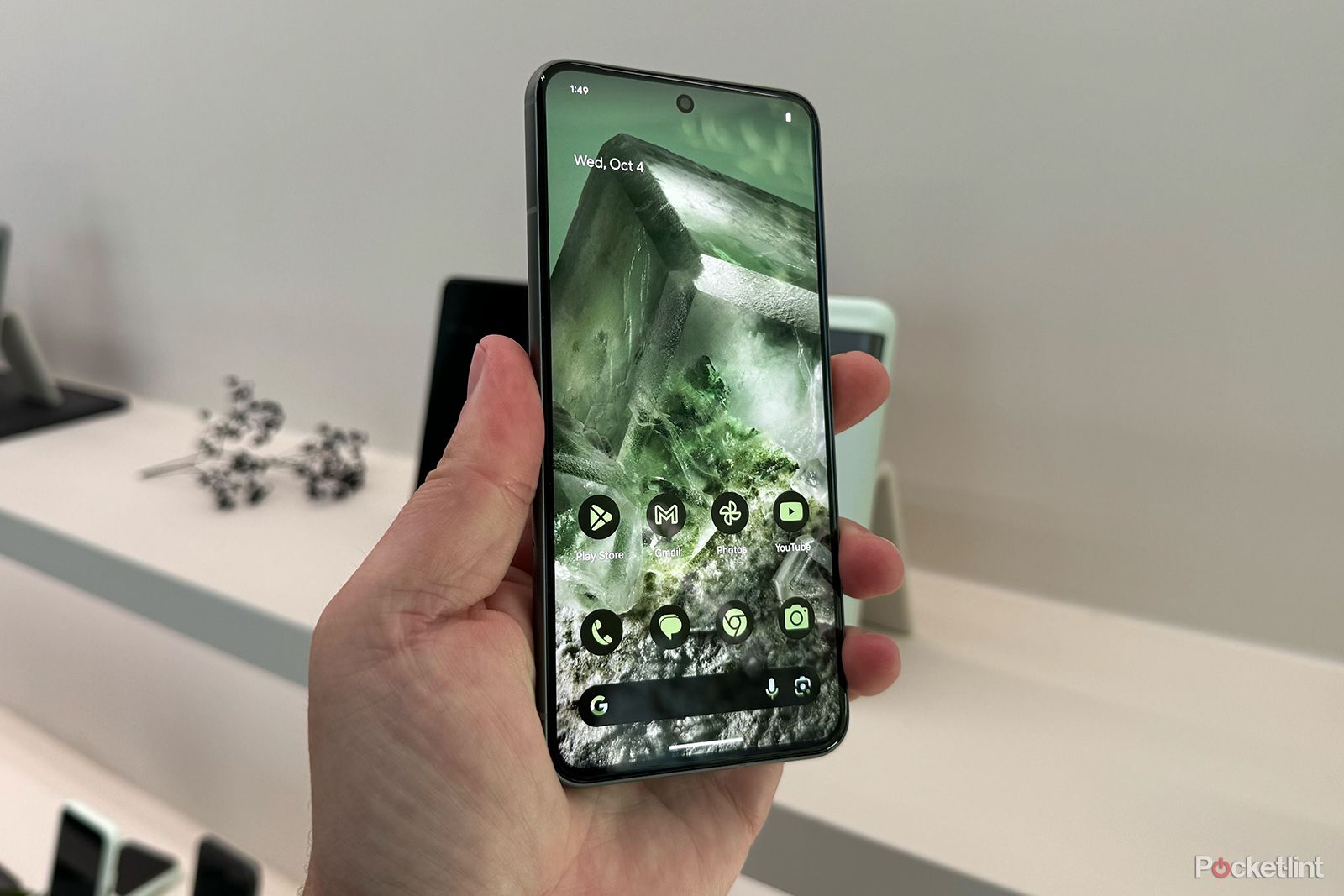 Design and display
Design and display
The Pixel 8 is brighter and more responsive
The Pixel 8 and Pixel 7 have very similar styling; they both feature Google’s signature raised camera bar with a metallic finish and have the two rear lenses joined in a pill-shaped window with a separate flash unit. The most obvious differences are that the lenses are larger on the newer phone, and the corners of the phone are more rounded.
They both have the same size screen, but the Pixel 8 shrinks the bezels to reduce the phone’s overall size. It’s slightly thicker than the Pixel 7, but only by .2mm, so you’re unlikely to notice it in the real world. The Pixel 8 is also a little lighter, which we’re always happy to see.
The Pixel 8 is available in subtle Gray and Obsidian Black colors, a more unique Peony Rose option, and a more recent addition of Mint. The Pixel 7 gets the award for the most striking color option, though, with its bold Lemongrass color. It’s also available in understated Snow and Black options.
Both phones have 6.3-inch FullHD+ displays, but the Pixel 8’s display gets a healthy upgrade. It offers adaptive refresh rates of 60-120Hz, compared to the fixed 90Hz refresh rate on the Pixel 7. It’s also brighter, able to output 2000 nits at peak, compared to 1400 nits on the Pixel 7.
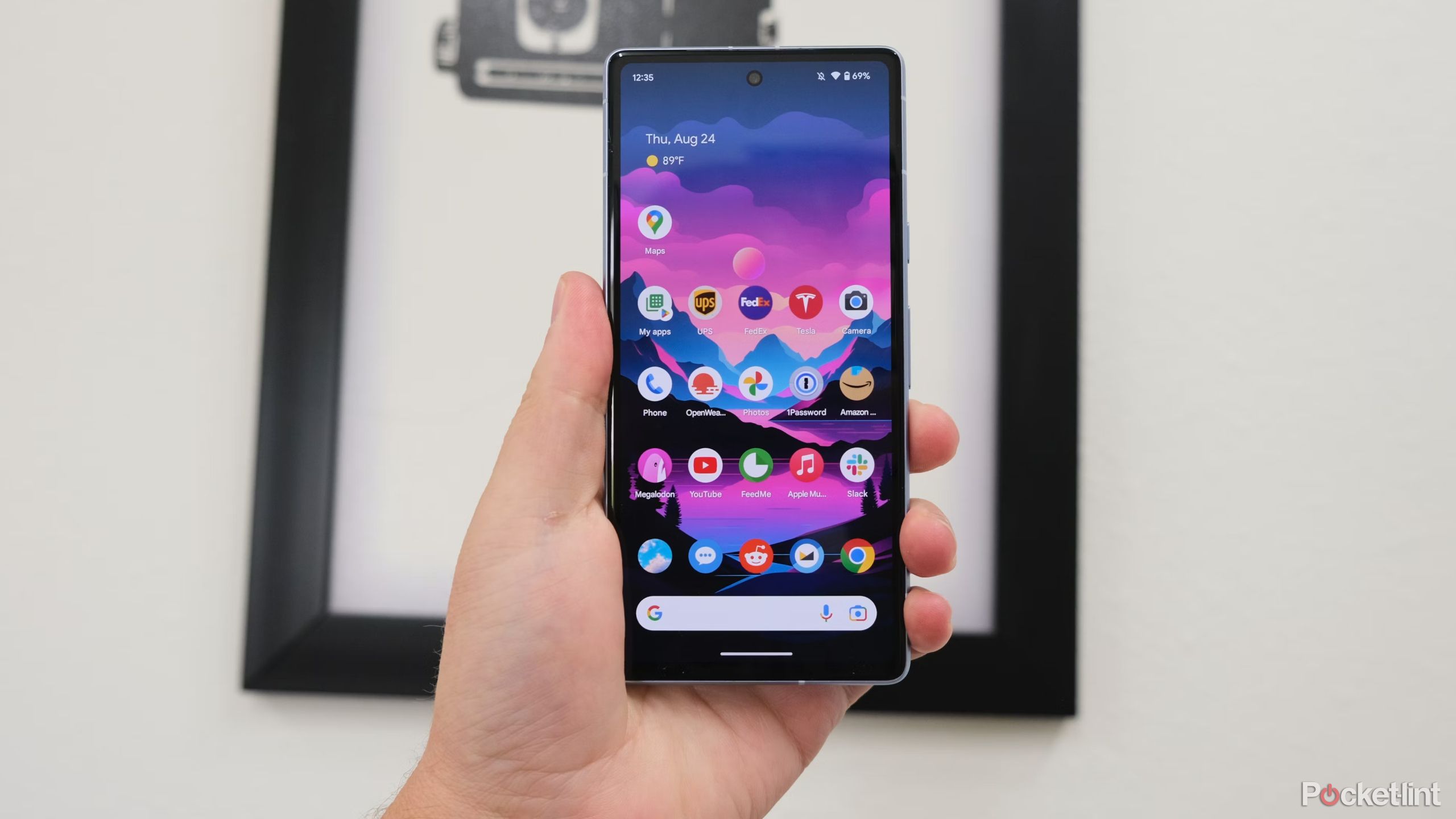
Google Pixel 8a: What we’re expecting from Google’s next phone
The A-series has always been a strong contender for Android buyers on a budget. So, what will a Pixel 8a bring? Here’s what to know.
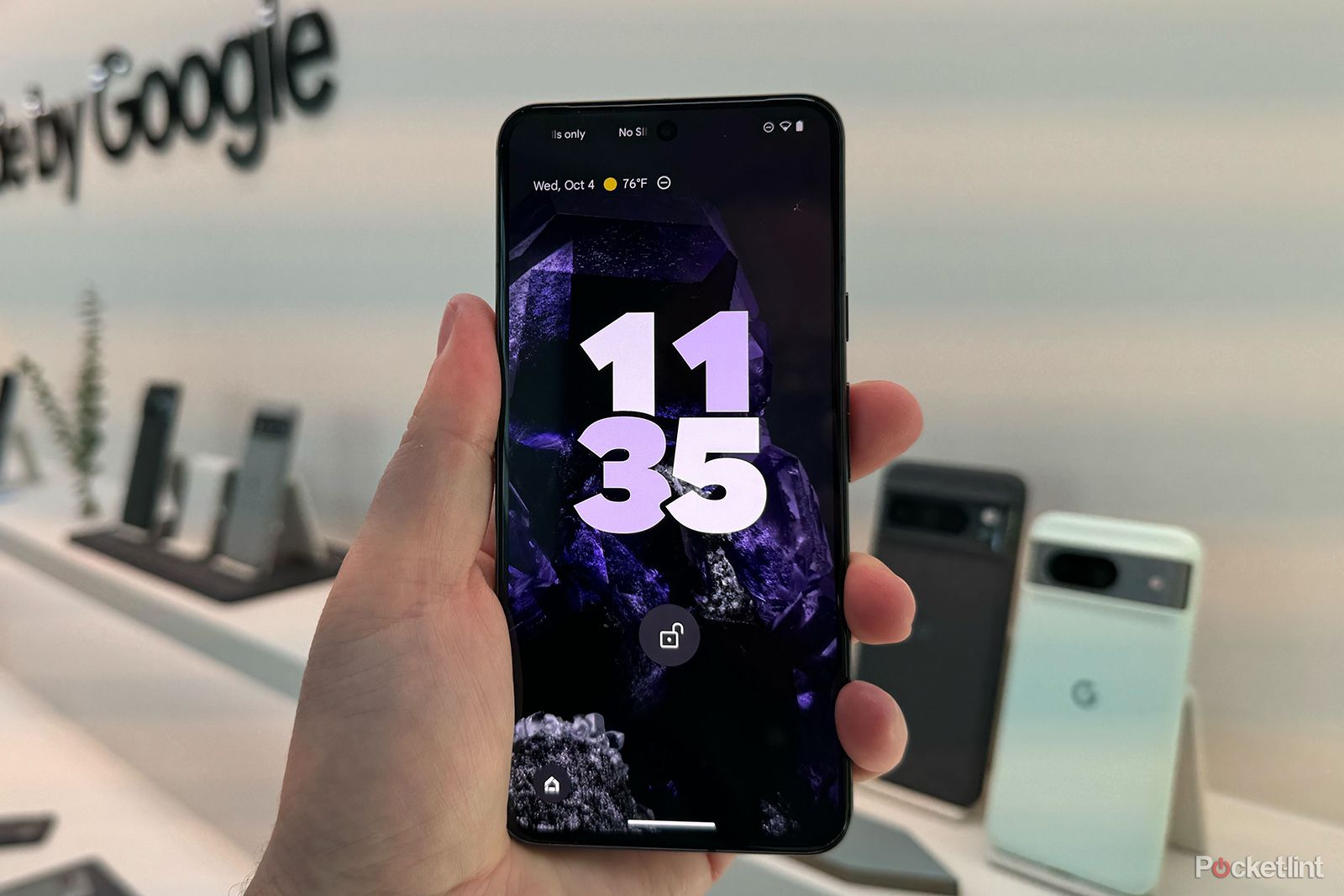 Hardware and performance
Hardware and performance
The Pixel is faster and more powerful
The Pixel 8 (and 8 Pro) are the debut phones to feature Google’s third-generation silicon, the Tensor G3. This should provide a significant performance bump over the Tensor G2 processor found in the Pixel 7. If you like to play graphically intensive mobile games or do things like video editing and image processing on the go, you’ll see a benefit when opting for the newer model.
Both models come with 8GB of RAM, and both have the same storage options of either 128GB or 256 GB. Charging and battery claims remain the same across both models, too, with both advertising over 24 hours of battery life and up to 50 percent charge in 30 minutes using Google’s 30W USB-C charger.
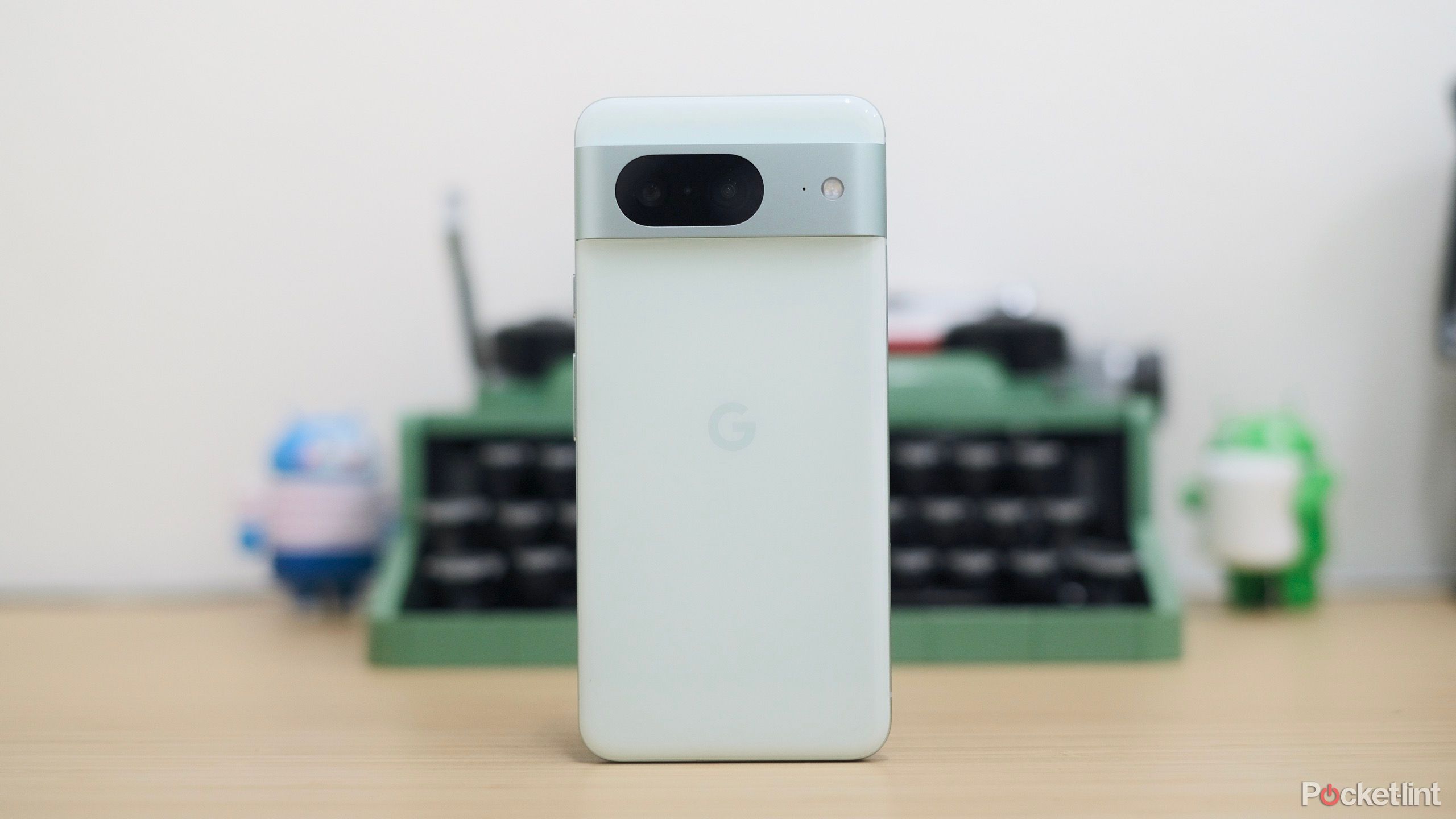 Cameras
Cameras
The main camera gets a major upgrade
At a glance, the camera specifications on these two phones look very similar. However, the Pixel 8 offers a few key advantages over its predecessor. The main camera gets a wider aperture for better low-light performance; it’s now f/1.68 compared to f/1.85. Both utilize 50MP sensors, and both are capable of Super Res Zoom up to 8x.
The 12MP ultrawide gets a wider field of view on the Pixel 8, offering 125.8 degrees rather than 114 degrees, and it also gets autofocus with macro-focusing capabilities. Depending on what you like to shoot, this could prove to be the single biggest upgrade on the new model.
The biggest advantages come from Google’s software features, with things like Audio Magic Eraser to clean up the audio on your video clips, and Best Take, which gives you the ability to merge group shots for perfect results every time.
The selfie camera, strangely, gets a slight downgrade in terms of megapixels. It’s now 10.5MP instead of 10.8MP. On the other hand, it does offer a wider field of view, at 95 degrees, compared to 92.8 degrees on the Pixel 7. Neither offer autofocus on their selfie cameras; you’ll need to move to the pricier Pixel 8 Pro for that.
As usual, the biggest advantages come from Google’s software features, with things like Audio Magic Eraser to clean up the audio on your video clips, and Best Take, which gives you the ability to merge group shots for perfect results every time. These features are currently exclusive to Pixel 8 and 8 Pro, but we can’t help but wonder if they’ll make their way over to Google Photos in the near future, too.

The Pixel 8 Pro’s latest update allows users to record body temps. Here’s how
The Pixel 8 Pro’s Thermometer app can record body temps and random objects. We’ll show you how to use it, and why it might not be very accurate
Verdict: Pixel 8 has replaced Pixel 7
But the Pixel 7 still has life left
There’s no doubt that the Pixel 8 is the superior phone, mainly owing to its newer processor, but the overall difference isn’t as large as some might have hoped. Still, the improved display, camera upgrades, and slight reduction in size and weight add to its appeal.
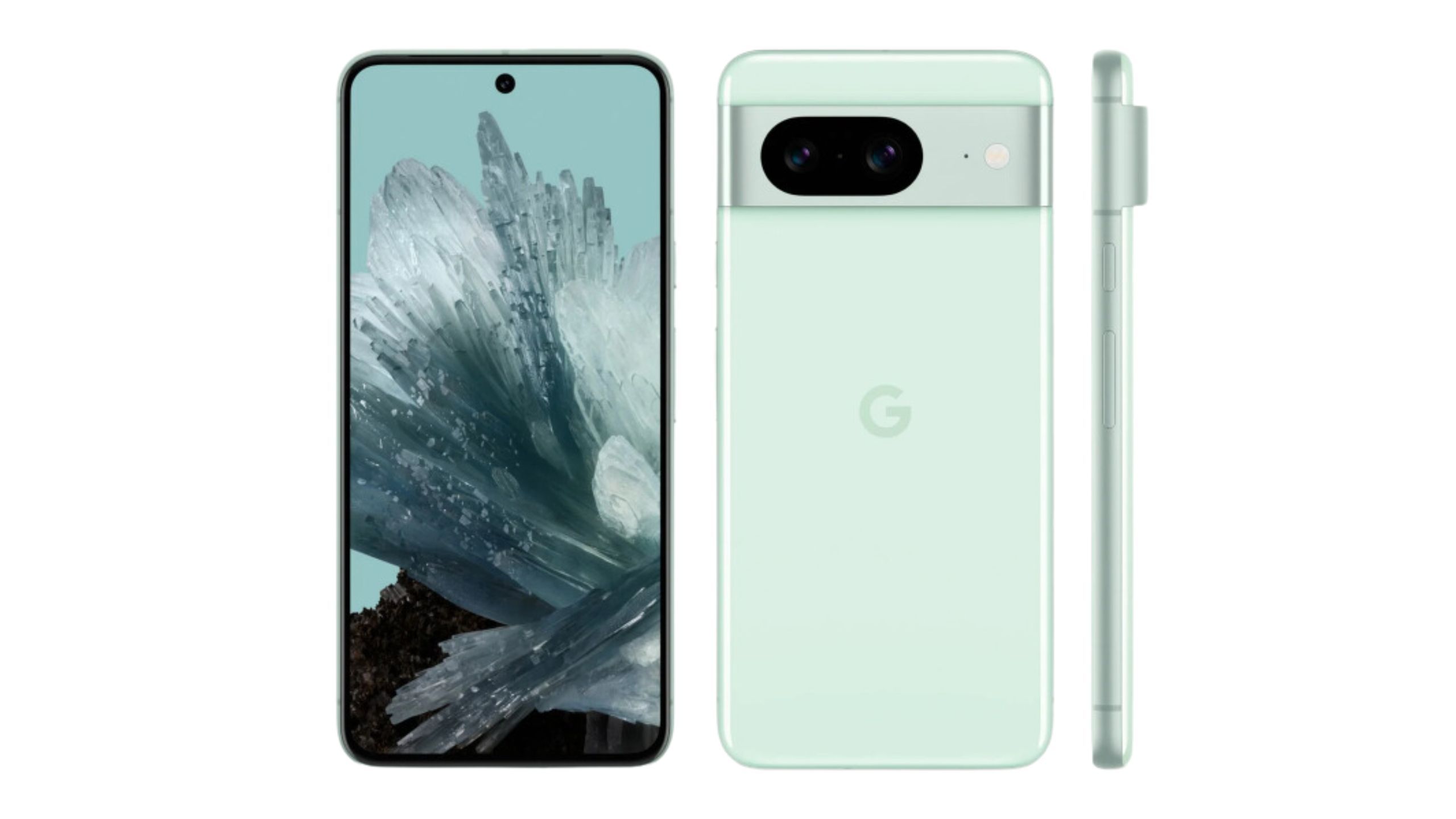
Google Pixel 8
$500 $700 Save $200
If you already have the older model, waiting for the next generation might make more sense before upgrading your existing Pixel 7, as it’s still a great performer in 2024. On the other hand, if you don’t already have the Pixel 7, you might as well get a new Pixel 8 if you can find it cheaper.

At the end of the day, both phones are excellent options. If you like the stock Android experience and Google’s AI-powered computational photography, the Pixel 7 and 8 are two of the best upper-mid-range smartphones available today.
Trending Products

Cooler Master MasterBox Q300L Micro-ATX Tower with Magnetic Design Dust Filter, Transparent Acrylic Side Panel, Adjustable I/O & Fully Ventilated Airflow, Black (MCB-Q300L-KANN-S00)

ASUS TUF Gaming GT301 ZAKU II Edition ATX mid-Tower Compact case with Tempered Glass Side Panel, Honeycomb Front Panel, 120mm Aura Addressable RGB Fan, Headphone Hanger,360mm Radiator, Gundam Edition

ASUS TUF Gaming GT501 Mid-Tower Computer Case for up to EATX Motherboards with USB 3.0 Front Panel Cases GT501/GRY/WITH Handle

be quiet! Pure Base 500DX ATX Mid Tower PC case | ARGB | 3 Pre-Installed Pure Wings 2 Fans | Tempered Glass Window | Black | BGW37

ASUS ROG Strix Helios GX601 White Edition RGB Mid-Tower Computer Case for ATX/EATX Motherboards with tempered glass, aluminum frame, GPU braces, 420mm radiator support and Aura Sync


